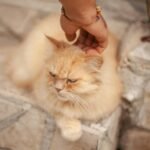Cats are often stereotyped as solitary and independent creatures, but in reality, they can form complex social hierarchies, not just with their feline peers but also with other pets in the household. Understanding how cats establish their social structures can improve the living environment for all pets involved. This guide delves into the social dynamics of cats, highlighting how they interact with other animals in their space.
Understanding the Feline Nature

To comprehend how cats fit into a multi-pet household, it’s essential to understand their natural instincts and behaviors. Cats are territorial animals by nature, with a strong inclination towards marking and defending their domains. This territorial instinct plays a significant role in how they interact and assert dominance within their social framework.
The Foundation of Hierarchies
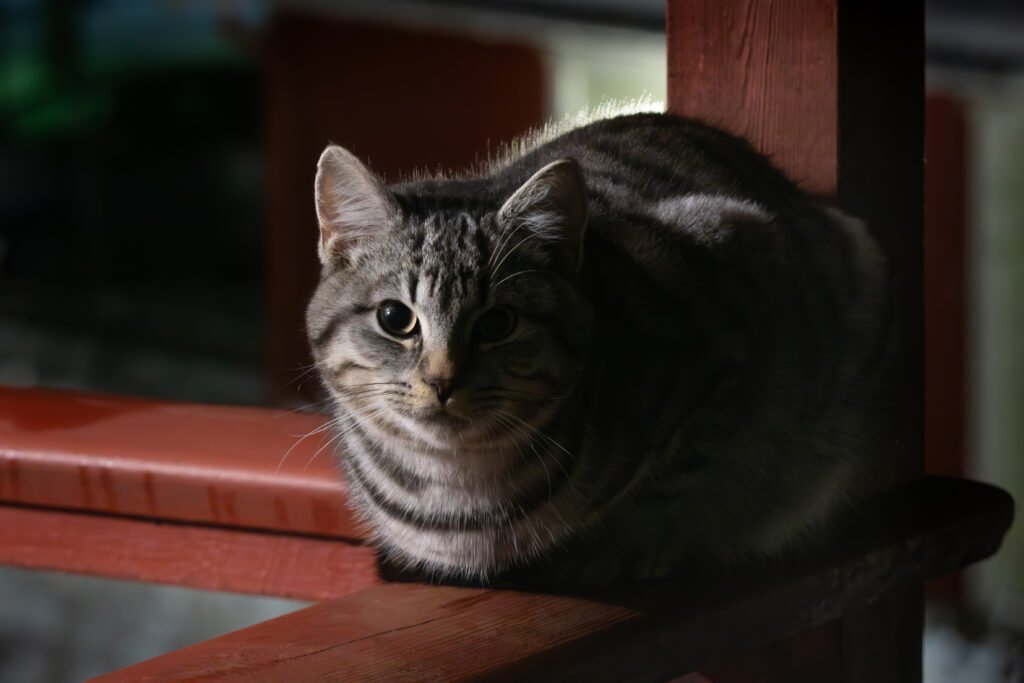
Territory is a crucial aspect of how cats organize their social hierarchies. In a home, a cat may define its territory by marking certain areas with scent glands located on their face, paws, and tail. These scent markers help define personal space and are the initial step in establishing a social order.
Dominance and Submission
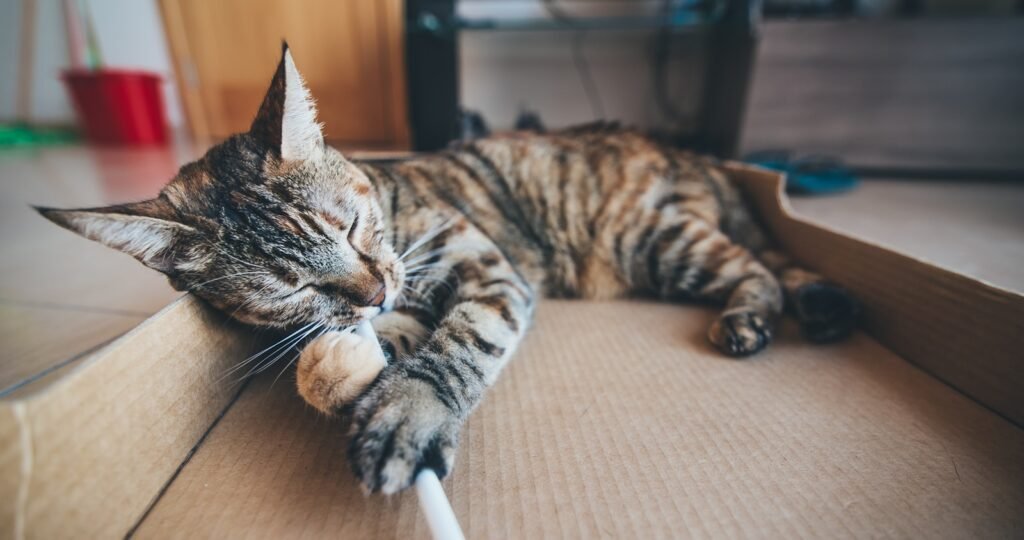
Within the feline social hierarchy, dominance and submission are key dynamics. A dominant cat can exhibit behaviors such as direct eye contact, body blocking, and even gentle swatting to assert control. Submissive cats, on the other hand, may avoid conflict by diverting their gaze and yielding prime resting spots.
Signals and Cues
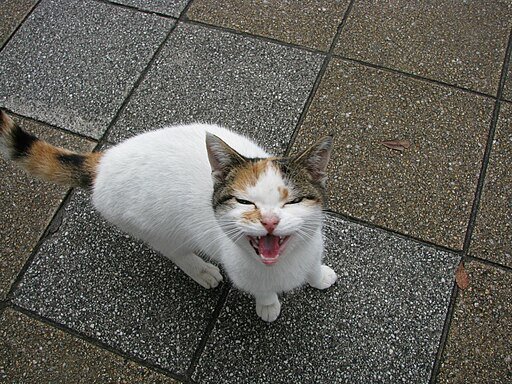
Cats communicate their place in the social hierarchy using a variety of signals and cues. Vocalizations, such as hissing and growling, alongside body language such as posture and tail positioning, are common ways cats signal their social intentions to other pets.
Introducing New Pets
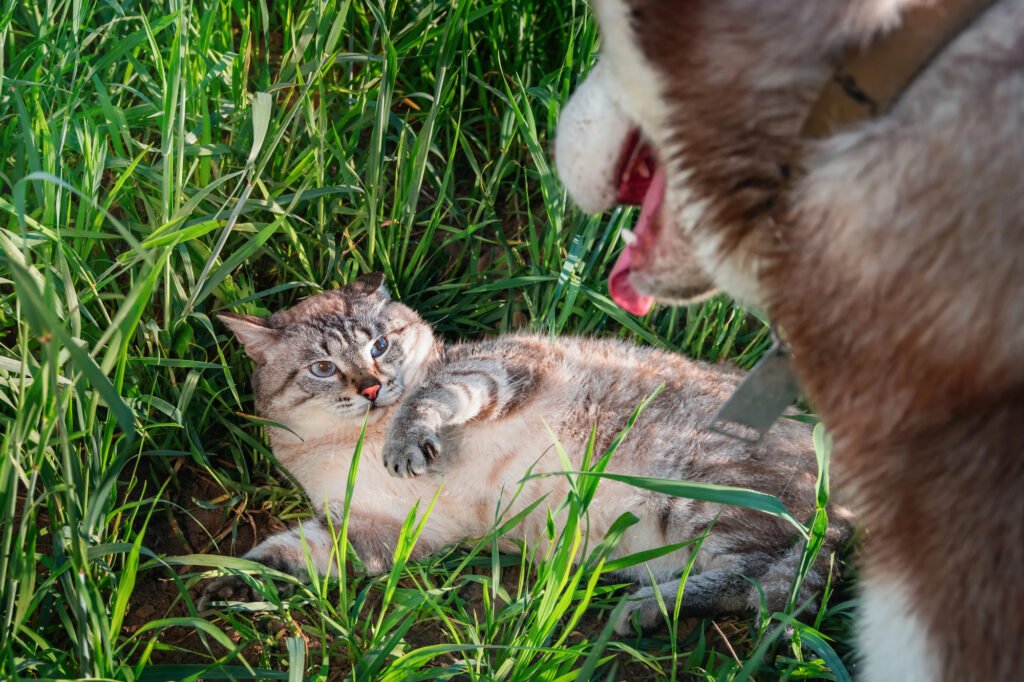
When introducing a new pet to a household, cats may initially express stress or aggression as they perceive a disruption in their established hierarchy. Gradual introductions, allowing the cat to express curiosity and become accustomed to the new presence, can facilitate smoother integration.
Multi-Species Households
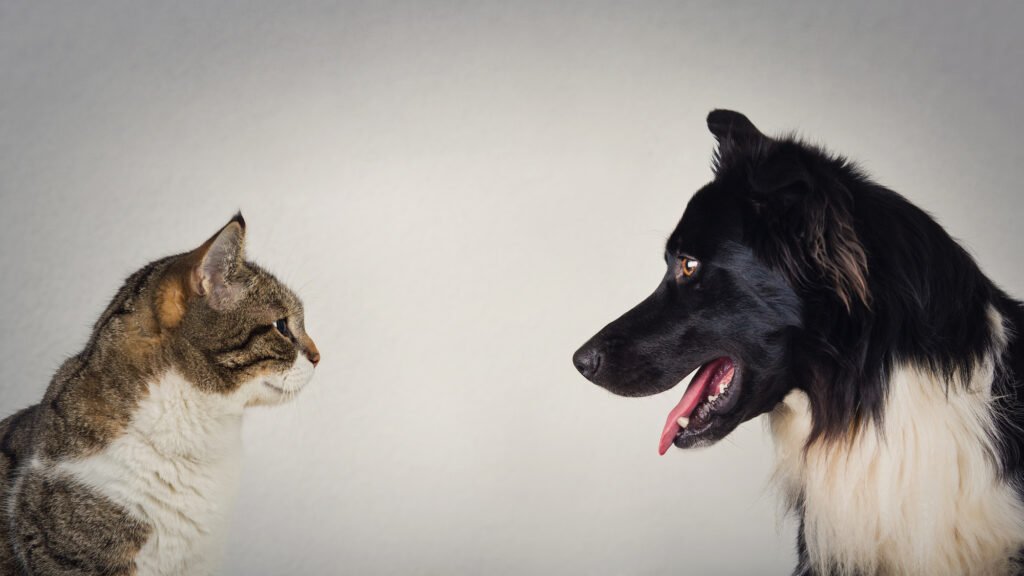
In households with both cats and dogs, understanding interspecies interactions is vital. Dogs, typically pack animals, may instinctively seek a place within the family’s social structure, which cats might initially resist. Over time, with proper training and understanding, these two species can coexist peacefully and develop unique, cooperative relationships.
Cats and Small Animals
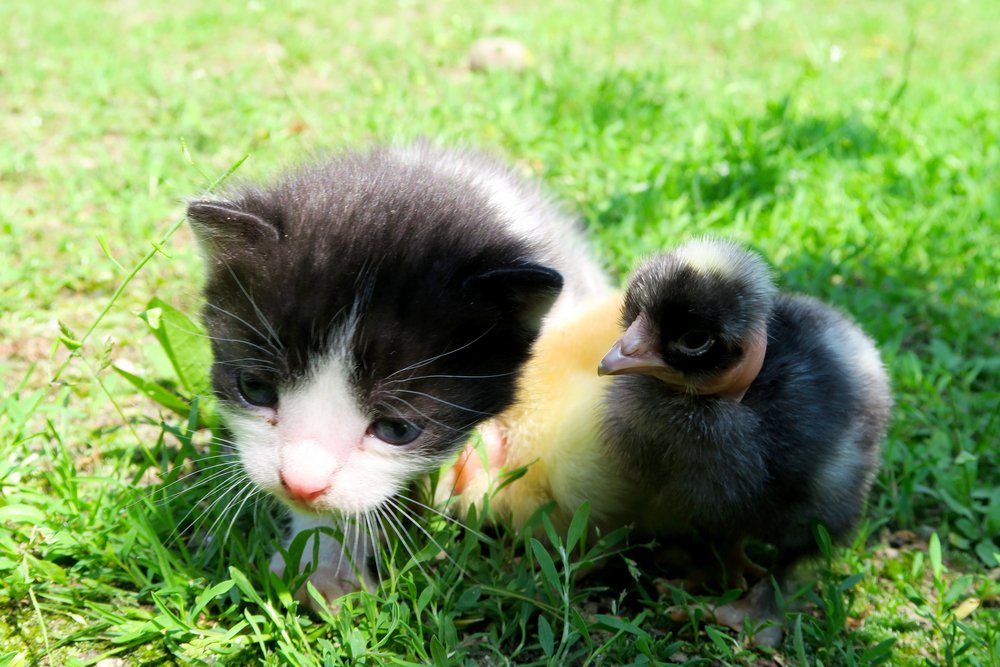
Cats are natural predators, and this instinct can sometimes challenge peaceful coexistence with smaller animals like rodents or birds. It’s crucial to establish boundaries and ensure that smaller pets are safe and secure, minimizing stress and potential conflict within the hierarchy.
Environmental Enrichment
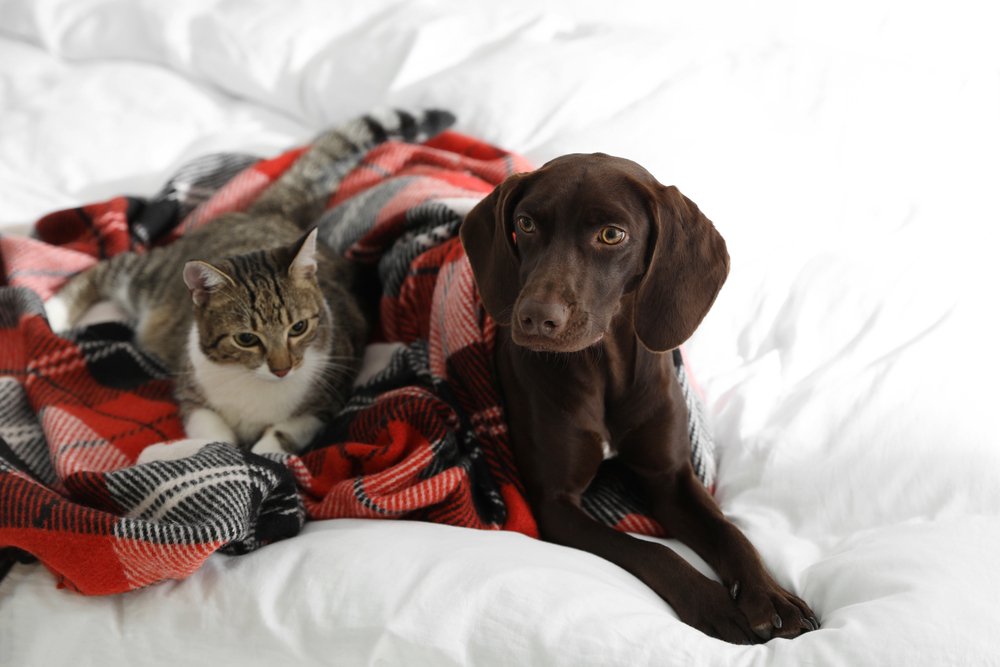
Providing an enriched environment is essential for supporting healthy social hierarchies among pets. This can include creating multiple rest areas, feeding stations, and litter boxes to reduce resource competition and minimize tension between animals.
Resolving Conflicts
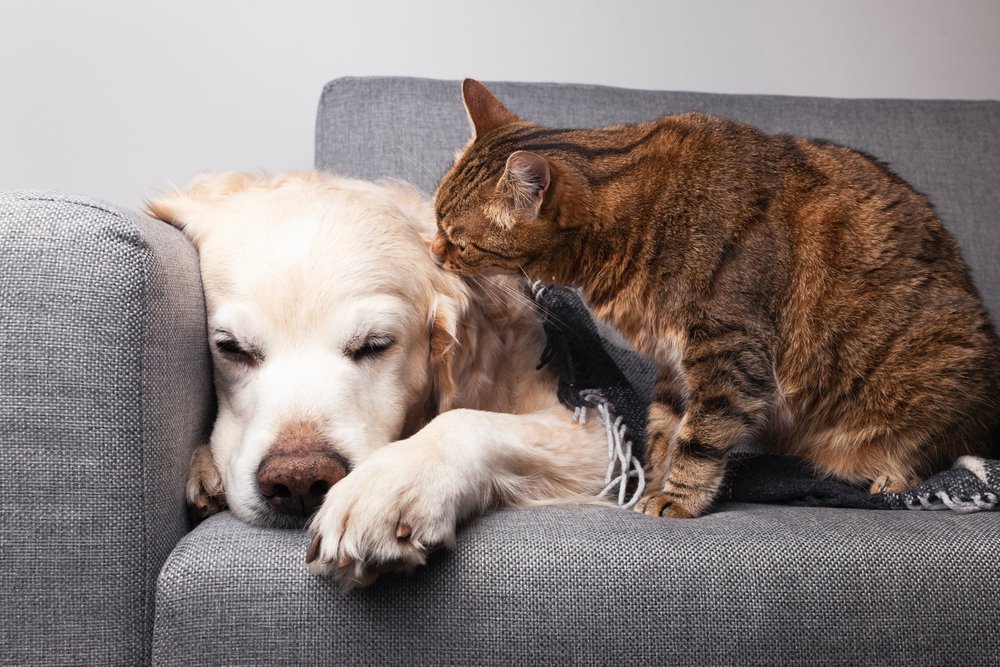
Conflicts can occasionally arise as animals negotiate their places within a hierarchy. It is important for pet owners to observe these interactions and intervene if necessary, using strategies like providing safe separation spaces and consulting with animal behaviorists to mediate disputes and promote harmony.
Harmonious Coexistence
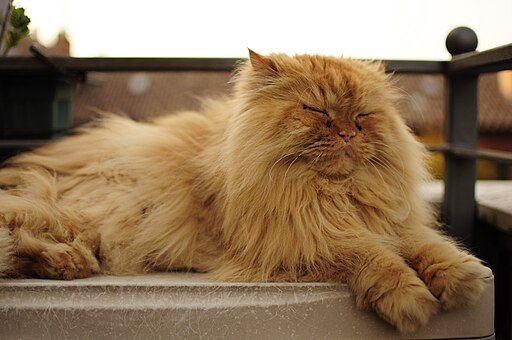
Cats possess the ability to adapt to living with other pets, often forming a structured hierarchy that helps ensure peaceful coexistence. By recognizing the nuances in their social behavior and fostering an environment conducive to integration, pet owners can help their feline companions live harmoniously within a multi-pet household.

Growing up traveling and experiencing new cultures and wonders, I have had a passion for nature, adventuring, photography, and videography. I am currently working towards a BSc in Biodiversity and Ecology at Stellenbosch University, and I hope to specialise in Marine Sciences one day.
Please send any feedback to Feedback@animalsaroundtheglobe.com



